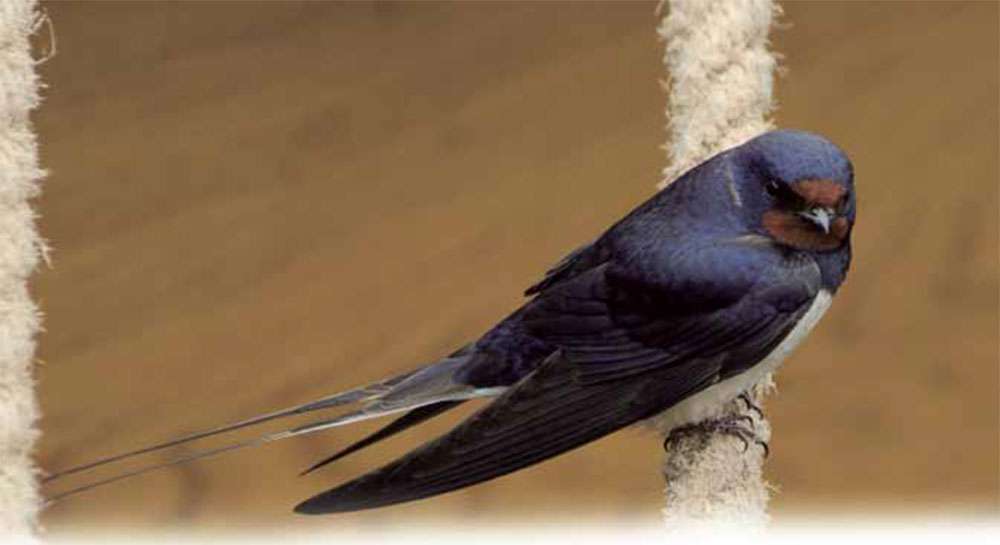
This is the month of change when we say a last farewell to any lingering birds who spent the winter with us.
Last month hundreds of chattering Redwings and ‘chacking’ Fieldfares could be seen worming their way across Cranleigh’s fields and paddocks. They were piling on the fat in readiness for their long journeys north to breed. By the time you read this they will probably have all departed.
The mild 2015 -16 winter meant there was no need for these shy thrushes to risk venturing into the larders of most small Cranleigh gardens.
In harsh weather I have known Fieldfares act like sentries near any remaining garden berries, even rose hips. They fiercely drive off all comers until the store is gone – one another, Blackbirds, Song Thrushes, and Redwings.
But even they will give way to one of their family who is higher up the pecking order – the tubby chested Mistle Thrush. When this chap drops by it is generally because he is mighty hungry. And if he allows his congeners to stay for the remaining feast then the berries will soon be wiped out.
Another name for our largest thrush is the Storm Cock, for unlike many other species he seems to be stimulated to sing lustily from the tree tops when darkened skies herald approaching Spring storms. Which brings me to showers – and April falls. But not the wet kind. April is the exciting month when an array of species arrive from Africa. And they will soon replace our departing Scandinavian and Eastern European feathered friends.
What is known as a ‘fall’ of migrant birds is more commonly noted at coastal sites. But you might be fortunate enough to observe it happening in and around the village, especially after rain.
Some species will be on their way elsewhere but others are destined to stay. The first little shower you can expect are Northern Wheatears. They started arriving around the third week of March. Look out on the sports pitches – before early morning dog walkers get there – or the fields, where you may find them perched on fences.
Sand Martins are another early but scarce passage bird around here and the best tip I can give to see these is to keep an eye out for small flocks heading north when you are on a south facing slope of the Surrey Hills.
I had my first overwintering Cranleigh Chiffchaff in January this year, in my garden. Now they are everywhere. Blackcaps increasingly visit in the winter months too so you might have seen one already – but reinforcements are on their way.
Willow Warblers sing from early this month to be joined any day by the Whitethroat, the Garden Warbler, Nightingale, Swallow and House Martin – to name just a few.
Keep your ears open for the Cuckoo from around 8 April and your eyes peeled to the skies. Anything is possible in the great Spring migration. Even an Osprey. Or something much rarer.
Twitter – @Crane_Spotter











